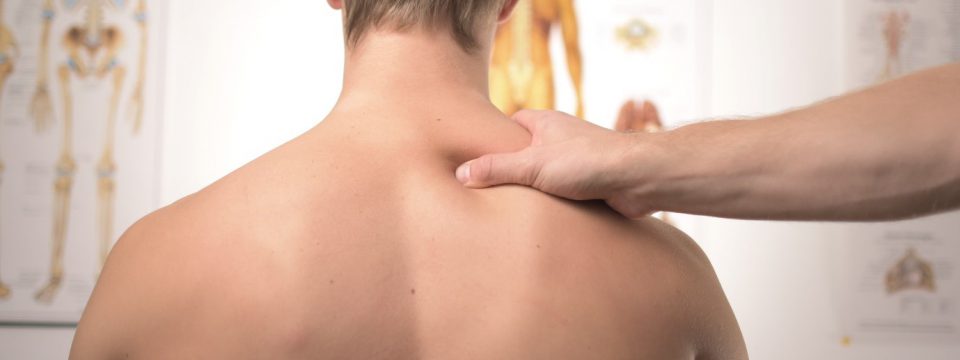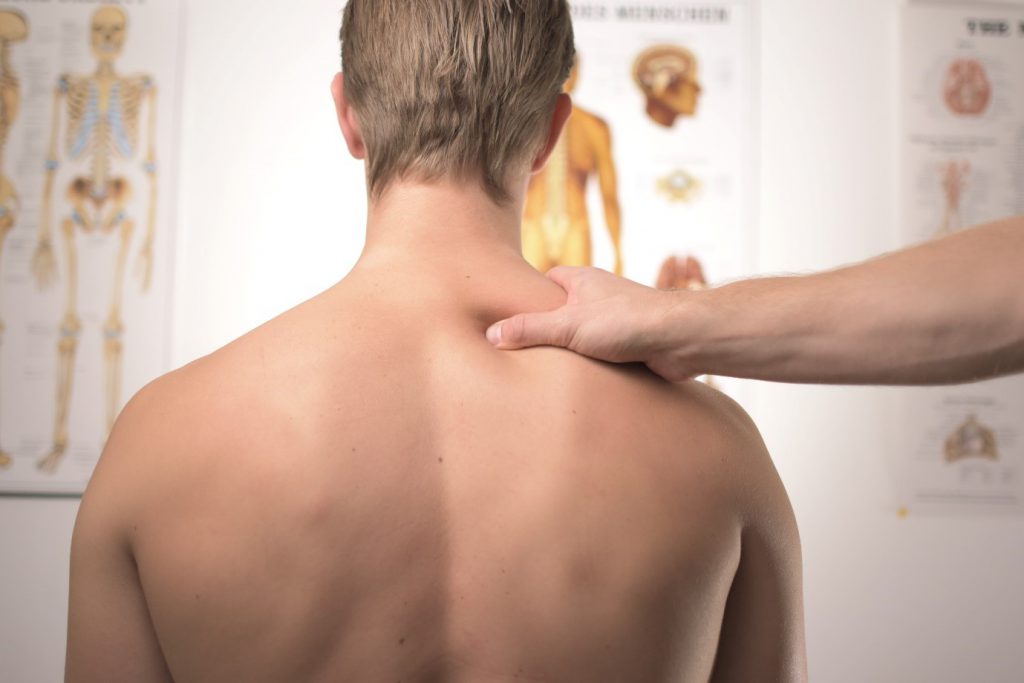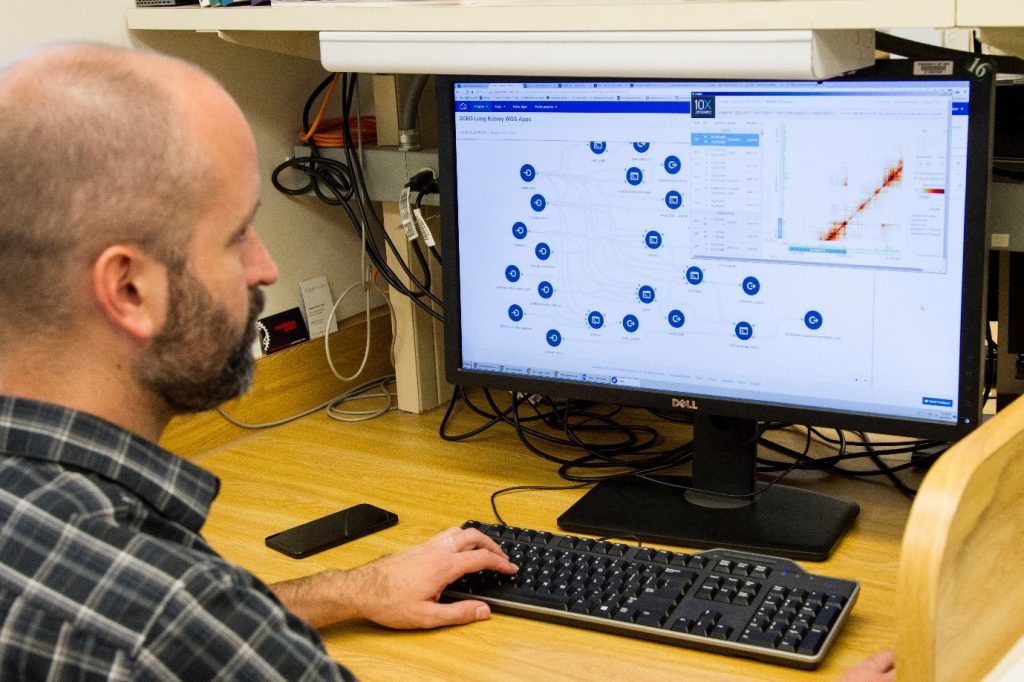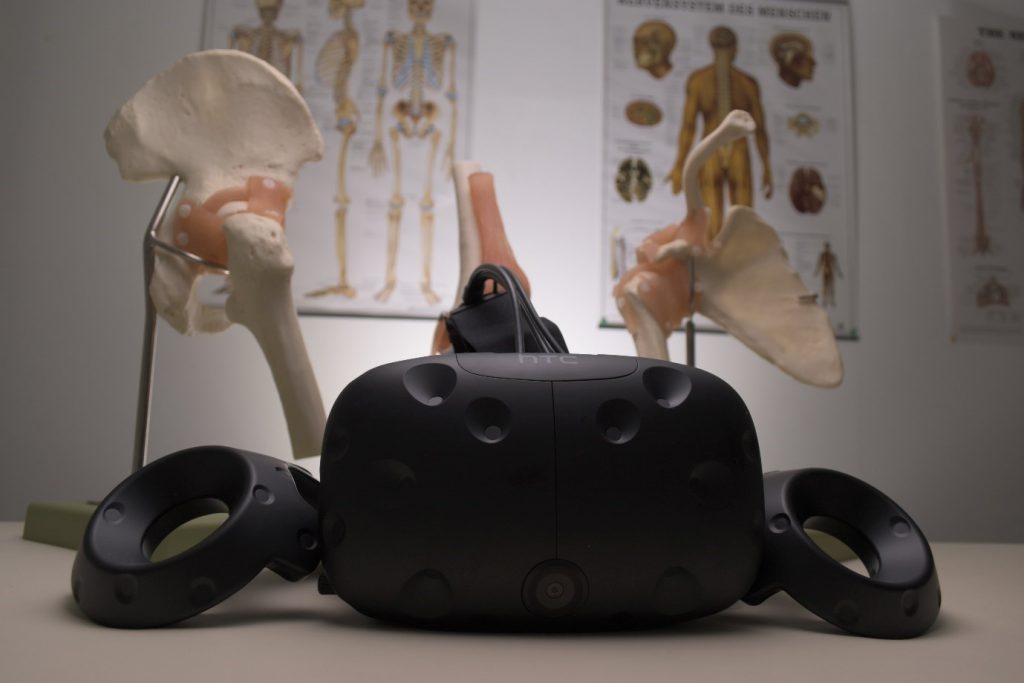Physical therapy is one aspect of an overall treatment regime that a patient experiences from any one of a large number of ailments, trauma, or diseases. The field of physiotherapy has absorbed a noticeable increase in technological tools in the last two decades, to help both therapists and their clients.
What happens when the patient goes home?
As a patient becomes more independent, he reaches an important phase of treatment. This is the continuation of his own treatment at home. The use of technology accounts for much of the success of continued physiotherapy at home, as we shall see in the examples of technological advances in physiotherapy below.
1. Apps for physical rehabilitation
Computer-assisted therapies come in many shapes and forms. A patient may have graduated from a number of healthcare facilities, such as a hospital, rehabilitation center, out-patient clinic, or private therapist. Many conditions require continued therapy and monitoring for a specified period. Often, this is prescribed to the patient by medical staff, but the patient fails to comply with any program at home.
This issue is discussed by Casimiro Dias in a paper on connectivity and the encouragement of adherence to an exercise regimen. Computer-assisted programming and mobile apps offer solutions that can encourage the patient, as well as provide feedback to medical personnel.
2. Wearable probes
Technology probes are showing encouraging results, partly because this type of technology is wearable. Wearables do not interfere with the client’s lifestyle, are typically not uncomfortable, and can even provide inspiration.
The use of a technology probe for continuing treatment addresses two issues:
- When it comes to maintaining an exercise program, patients tend towards non-compliance.
- Physiotherapists cannot measure actual progress when a patient returns home.
Example of a wearable probe
The SenseCap technology probe was originally designed six years ago, with a 4G iPod. The purpose of this particular probe is simple, rather than complex. Fitted into a baseball cap, it examines a specific head-turning exercise (Gaze Stabilization) while the patient focuses on an object in front of him. The probe returns the data that the physiotherapist needs in order to measure compliance and physical improvement.
3. Wearable motion sensors
Three key measurements in the field of physiotherapy are RoM (Range of Motion), balance, and gait. Bruce H. Dobkin, MD, describes pattern-recognition algorithms that can transmit data between physiotherapists and their clients via wearable sensors and hand-held devices or computers.
Example of wearable sensors
Jiu Jitsu champion, Camil Moldoveanu, suffered the consequences of an overloaded physical therapists’ work schedule when the results of his therapies were not continuously measured after a knee injury, despite the excellent medical treatment and physiotherapy he received. This inspired him to create re.flex, the company that produces wearable technology that integrates physiotherapy with digital monitoring for the “at home” stage of treatment.
The physician or physiotherapist designs a program of exercises that can be modified to suit the patient, and is flexible enough to provide 3D images of the patient going through the motions while in a supine position, sitting, or standing. Realtime images are sent back to the therapist. All this with one or two motion sensors placed below and/or above a joint.
If you were to ask a client what the best advantages of this remote rehabilitation program are, his reply would likely include the following:
- It’s engaging
- It eliminates the need to travel to a clinic
4. Non-wearable sensors and probes
Not all sensors are wearable. Some training programs are composed of devices that cannot be “worn”. An example of this is technology that assists pelvic floor physiotherapists to train women in home-based treatments. The specific muscles of the pelvic floor are those that will relieve incontinence with consistent exercising. Incontinence is a very common outcome of aging and childbirth. It is also a topic that is commonly avoided by women who suffer from the inconvenience and embarrassment that this ailment brings.
Example of non-wearable sensors and probes
The Incontinence Starter System by Thought Technology is a biofeedback system that a woman can use at home to monitor the strengthening of her pelvic floor muscles. She may be reluctant to make frequent appointments with the physiotherapist to test her progress. However, practising Kegels is a rather boring activity, and although not time-consuming, is easily forgotten in the affairs of everyday life. By introducing a surface electromyography (SEMG) biofeedback instrument into her Kegel workout plan, a woman can follow her exercise routine with more enthusiasm.
The U-Control home training device generates interest when it connects to a vaginally-inserted probe that talks to the device. The probe receives programmed signals that indicate to the user when to contract muscles, and when to rest. An LED graph sends feedback to the user, based on thresholds and levels she has programmed into the device.
5. Virtual Reality
No discussion on the use of technology and physiotherapy can be complete without pointing out the benefits of virtual reality as a therapeutic tool. VR is one of the latest innovations in physiotherapy. Whether young or old, the otherwise reluctant client is engaged by a “fun” activity, which resembles the attraction of computer gaming.
This is particularly advantageous for the physiotherapist treating patients with vestibular disorders. Patients may be suffering from anxiety or depression. Disorders such as imbalance, Ménière’s Disease, dizziness, and benign paroxysmal positional vertigo, are challenging to the psyche, and difficult to control. Virtual reality programs encourage cooperation from the patient, and this goes a long way towards easing his condition, as well as his anxiety.
Using circular computer screens and displays that are mounted on the head, computers generate lifelike situations that participants need to respond to. According to Bergeron, et al (2015), on the use of virtual reality tools for vestibular disorders’ rehabilitation, the improvement of motor skills using virtual reality, can be transferred to the successful application of these skills in real life situations.
Virtual Reality Example
The addition of remote monitoring of a patient at home, brings a value-added component to physiotherapy using virtual reality devices. Camporesi et al, in VR Solutions for Improving Physical Therapy, describe a setup using Vicon cameras and two avatars that represent the patient and the physiotherapist. By monitoring the patient, the physiotherapist can redesign exercises, make adjustments based on the patient’s progress in real-time or in recordings, and reflect the changes back to the patient. Two big plusses of this program are the amount of time that is saved, and the rise in patient motivation.
Engineering or physiotherapy?
The two disciplines of engineering science and physical therapy are cooperating in the development of assistive and biofeedback technologies to such an extent, that it is difficult to imagine what the future will bring. There is no question, however, that the results of this collaboration will be valuable to both patients and physiotherapists when designing a home-based high-tech physical therapy program.
About the Author
This article was written by Patrick Hanley of APC Physio. Patrick is a Chartered Physiotherapist and Accredited Sports Physio who provides a range of treatments for his clients including Dry Needling. Patrick regularly researches developments in technology regarding physiotherapy as he feels it is essential to provide the best service possible for his patients. In his spare time, he is a keen sports person a passion for mountain biking.




2 thoughts on “5 Technological Advances in Physiotherapy”